#19th century's fashion
Text
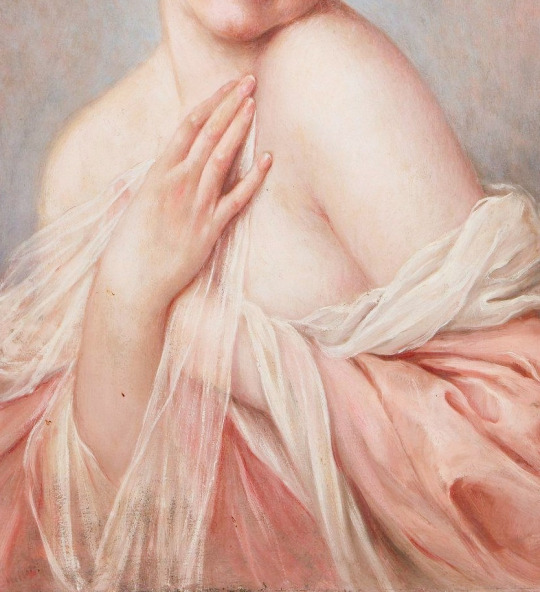

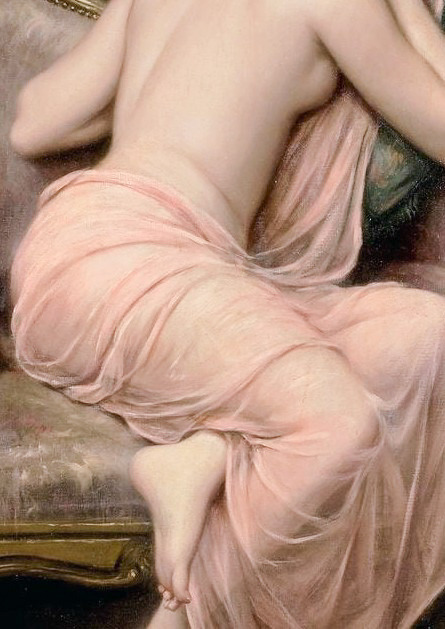
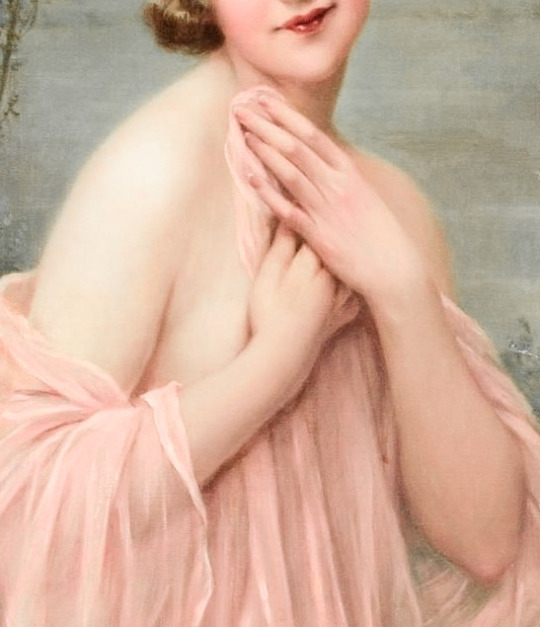
François Martin-Kavel & pink fabrics
French, 1861-1931
#art#painting#classical art#women in art#art detail#fine arts#art history#french art#François Martin-Kavel#pink aesthetic#pink#19th century art#19th century#fashion history#historical fashion#textiles#art lover#historical art#painting detail#light academia
7K notes
·
View notes
Text
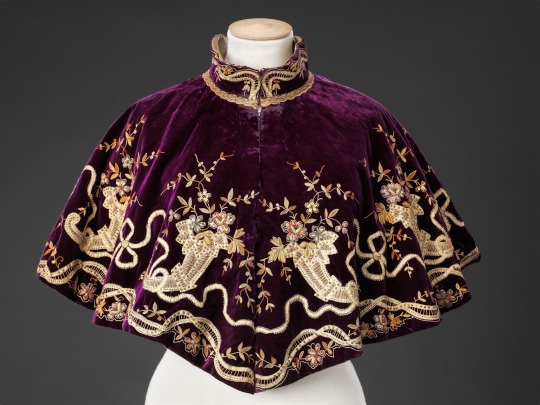

Cape
Late 1890s
The John Bright Collection
#historical fashion#history of fashion#fashion history#1890s fashion#1890s#19th century fashion#Victorian era#Victorian fashion#victorian#19th century#cape#fashion#history#vintage#vintage fashion#frostedmagnolias
7K notes
·
View notes
Text


Textile Sample Book (French, circa 1840-50).
Woven wool and silk fabrics on paper.
Images and text information courtesy The Met.
6K notes
·
View notes
Text
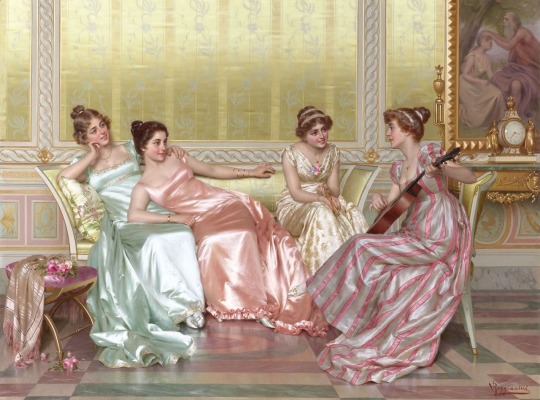
Vittorio Reggianini, La Soirée, ca. 1880-1938
#vittorio reggianini#reggianini#19th century art#20th century art#history of fashion#painting#art#academic art
3K notes
·
View notes
Text
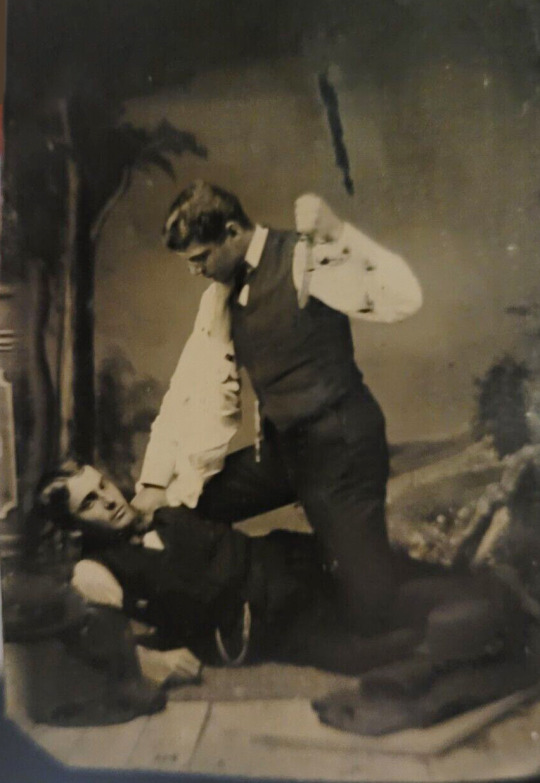
Tintype of what appears to be a light-hearted spot of stabbing between friends, circa 1880
#are they... you know... recreational homicide reenactors?#gay interest#19th century#19th century photography#tintype#ferrotype#19th century fashion#men's fashion#historical fashion#fashion history#1800s#1880s#winning hearts not acting awards
19K notes
·
View notes
Text


Child’s cape. Twilled peacock blue woollen cloth, embroidered in cream silk thread, with a cream tassel on the hood; Anglo-Indian, 1860-70
#historical fashion#child fashion#turquoise#ijekiel vibes#victoria & albert museum#19th century#wizardcore
11K notes
·
View notes
Text

Semper Vivit Amor
Eugen von Blaas
2K notes
·
View notes
Text
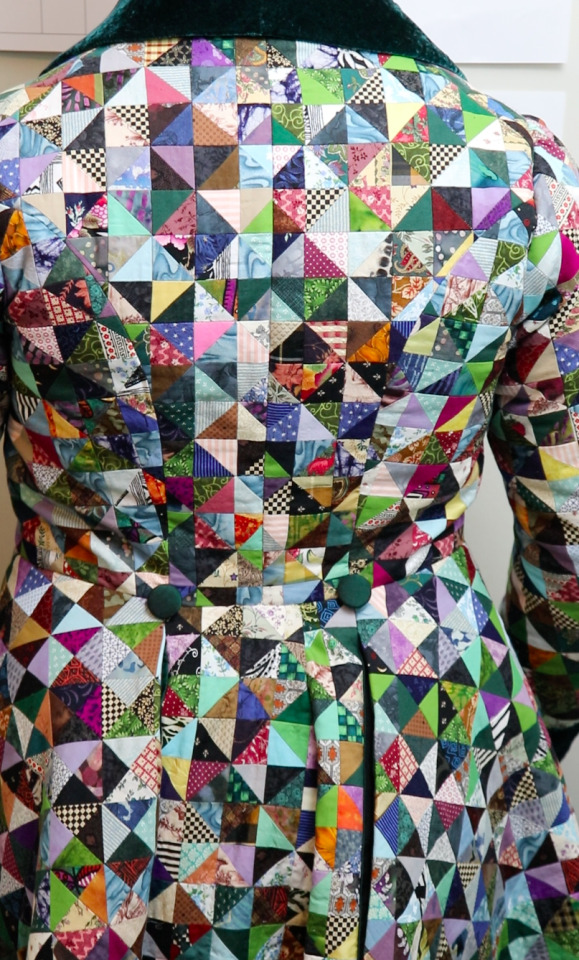
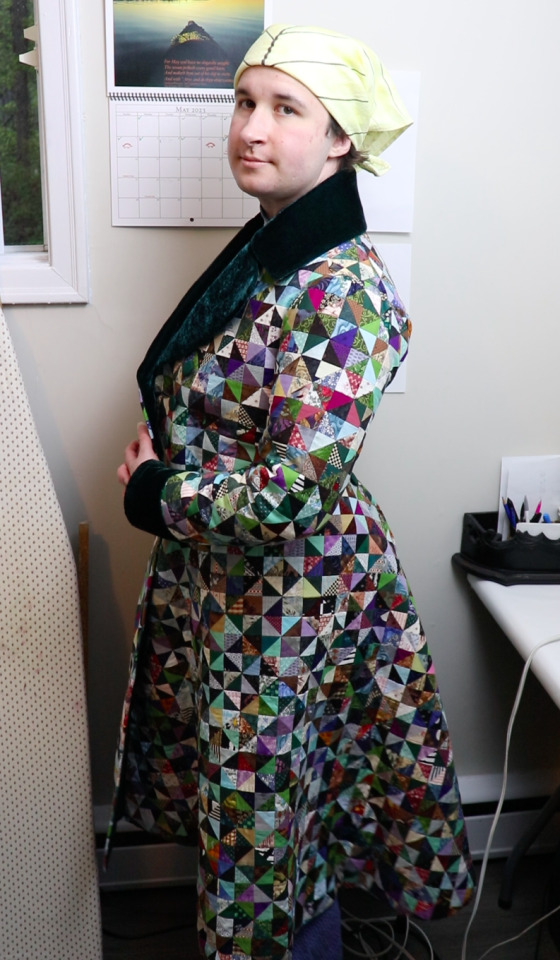
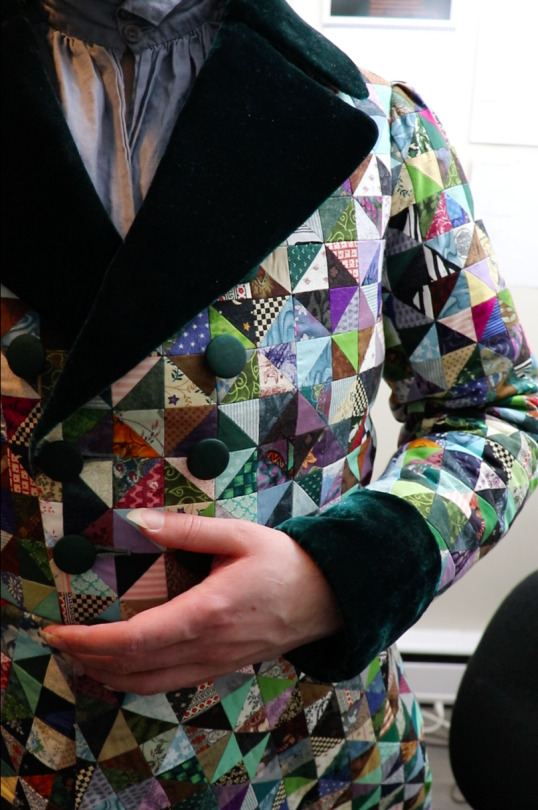
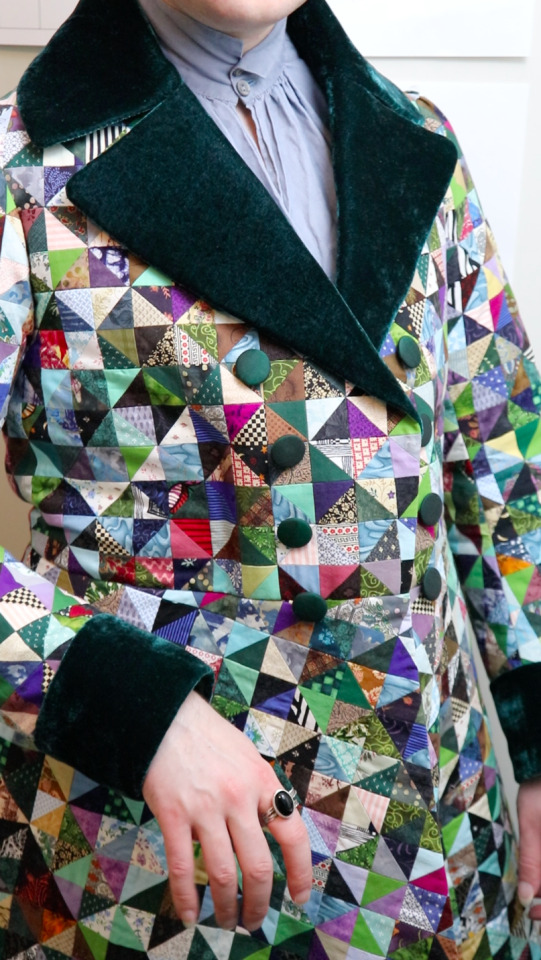
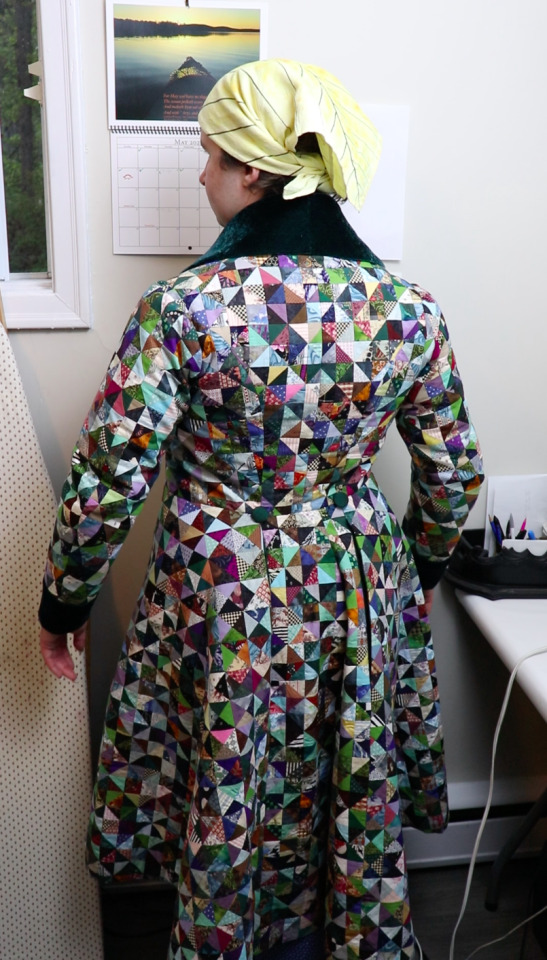

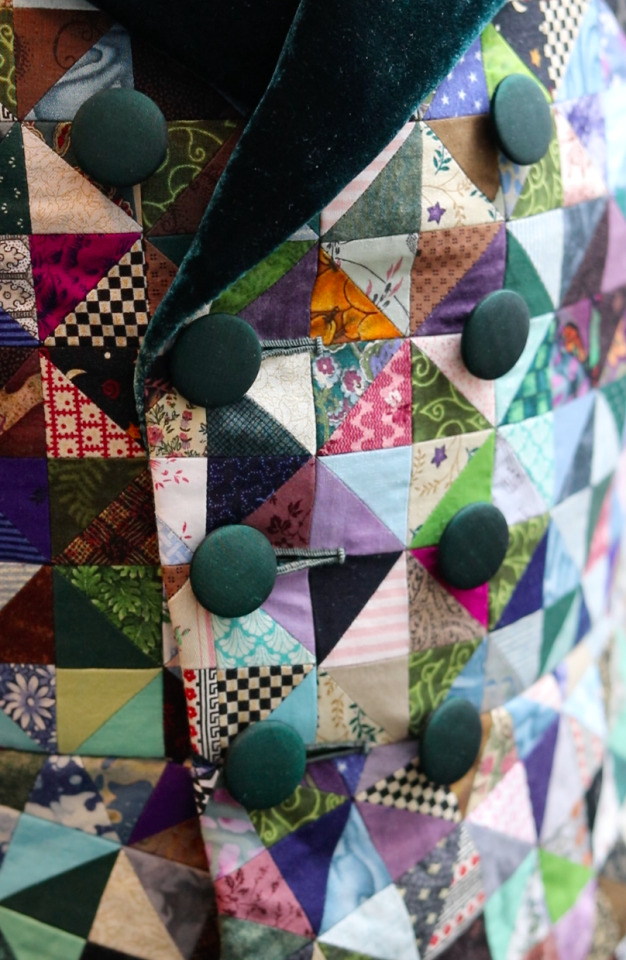

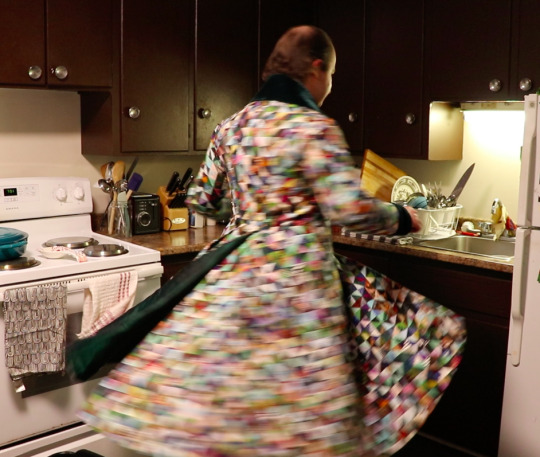
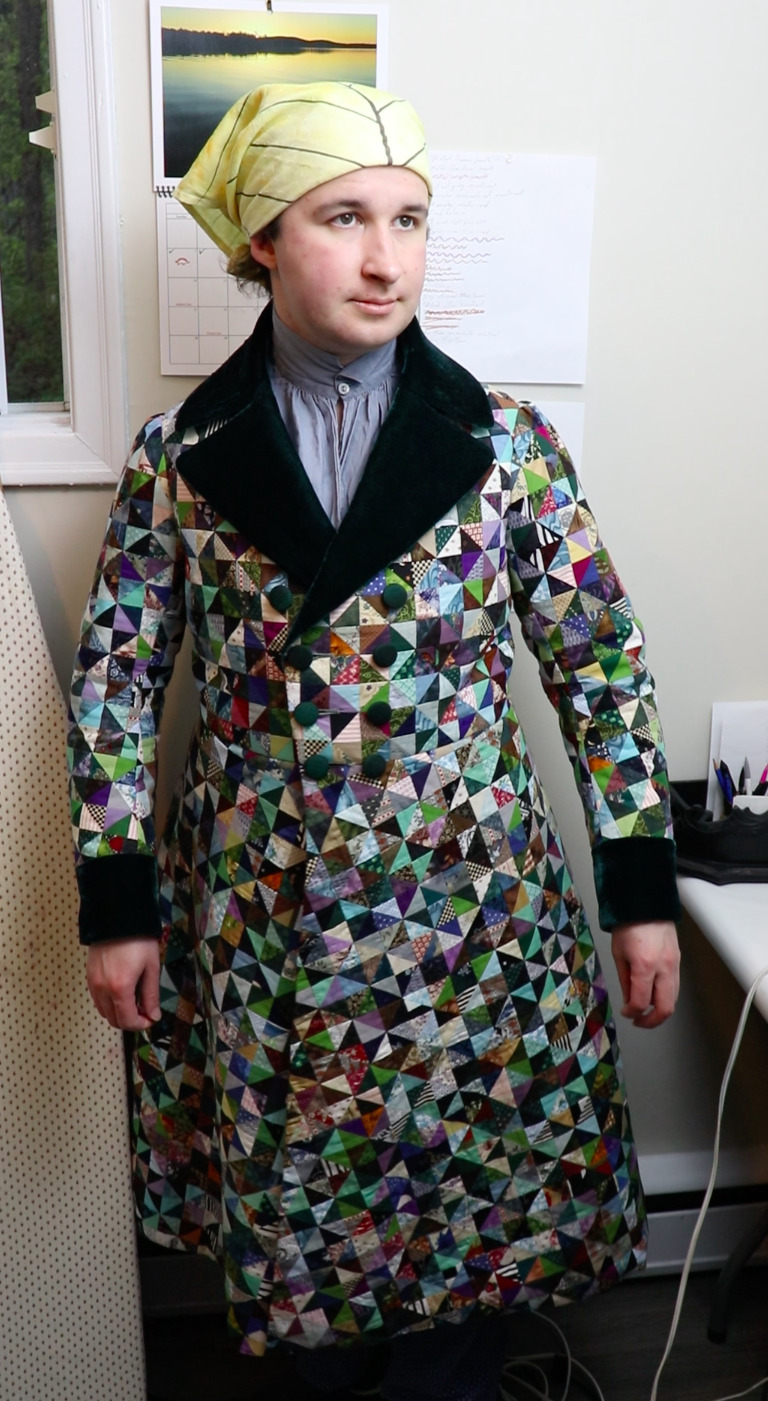

Here are some (not very good) photos of me wearing it! I'll have to get some better ones at my parents house later, because there is absolutely no good space to take photos in my apartment.
I don't have any other 1830's things to go with it, and don't currently have plans to make any. I just wanted this dressing gown specifically.
Anyways! There are 6,957 triangles, all sewn together by machine, but most of the actual garment construction is by hand. The unevenness from all the patchwork seam allowances made it very fussy, and the tailoring took at least twice as long as it would have in a normal fabric. The velvet was also a challenge, being the soft drapey wobbly kind, but I managed.
I accidentally made my triangles a bit smaller than the ones on the original (C. 1835, Powerhouse Museum collection.) which means there are more triangles than there had to be, but that's ok. I really enjoyed doing the patchwork, it's the most wonderfully soothing brainless task ever and I will definitely make more patchwork things.
I'm very happy with how it turned out! It's comfortable and fits pretty well, and is warm but not excessively so.
I kept timesheets for everything, and I haven't added them up yet, but once I do I'll know exactly how long all of this took.
I also filmed it, but the youtube video won't be out for quite a while, because I still have to write and record some more stuff and then edit a very very very very large amount of clips.
9K notes
·
View notes
Photo

Dressing Gown
1878-1879
United States
Peabody Essex Museum (Object Number: 133939)
#dressing gown#fashion history#historical fashion#1870s#gilded age#bustle era#1878#1879#19th century#united states#green#wool#silk#embroidery#floral#peabody essex museum#popular
8K notes
·
View notes
Text

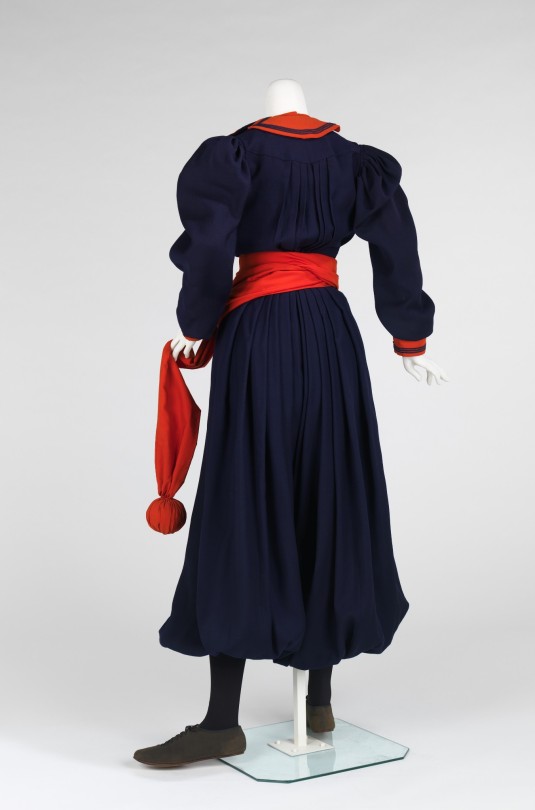

~ Gym suit.
Date: 1893–1898
Place of origin: United States
Medium: Wool, cotton, leather.
#fashion history#history of fashion#dress#fashion#19th century fashion#19th century#gym suit#1893#1898
3K notes
·
View notes
Text
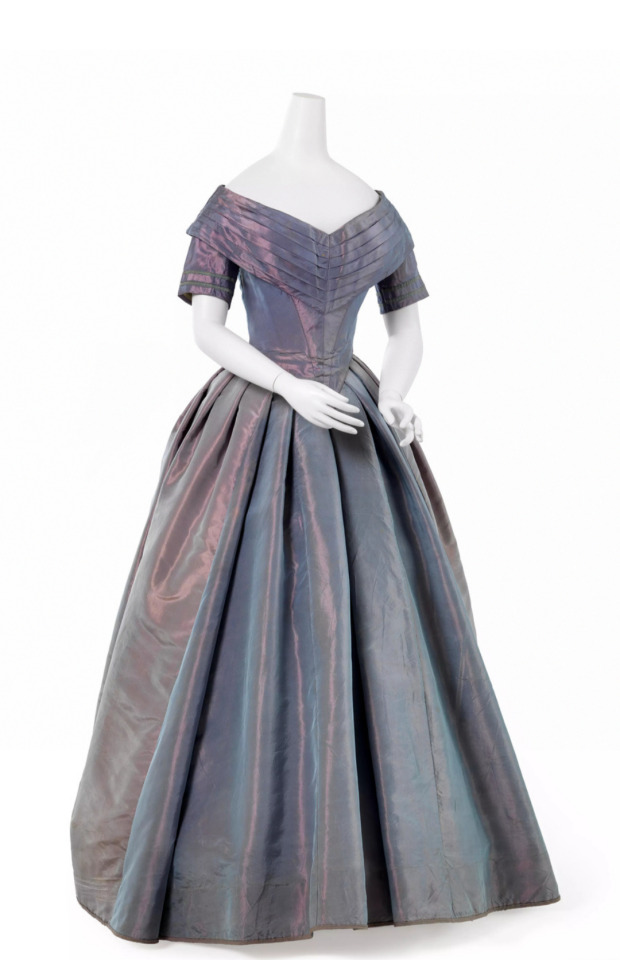

Ball gown, 1840-41
Maker: Unknown
From the collection of Wien Museum
#That's the most beautiful fabric I've ever seen#dress#clothing#historical dress#historical fashion#1840s#19th century fashion#ballgown#garments#costuming#historical costuming#victorian era#victorian fashion#19th century#my post#fashion#period fashion#historical clothing#fashion history#old fashion#iridescent#iridesence#fairy aesthetic#fairycore#light academia aesthetic#light academia
15K notes
·
View notes
Text
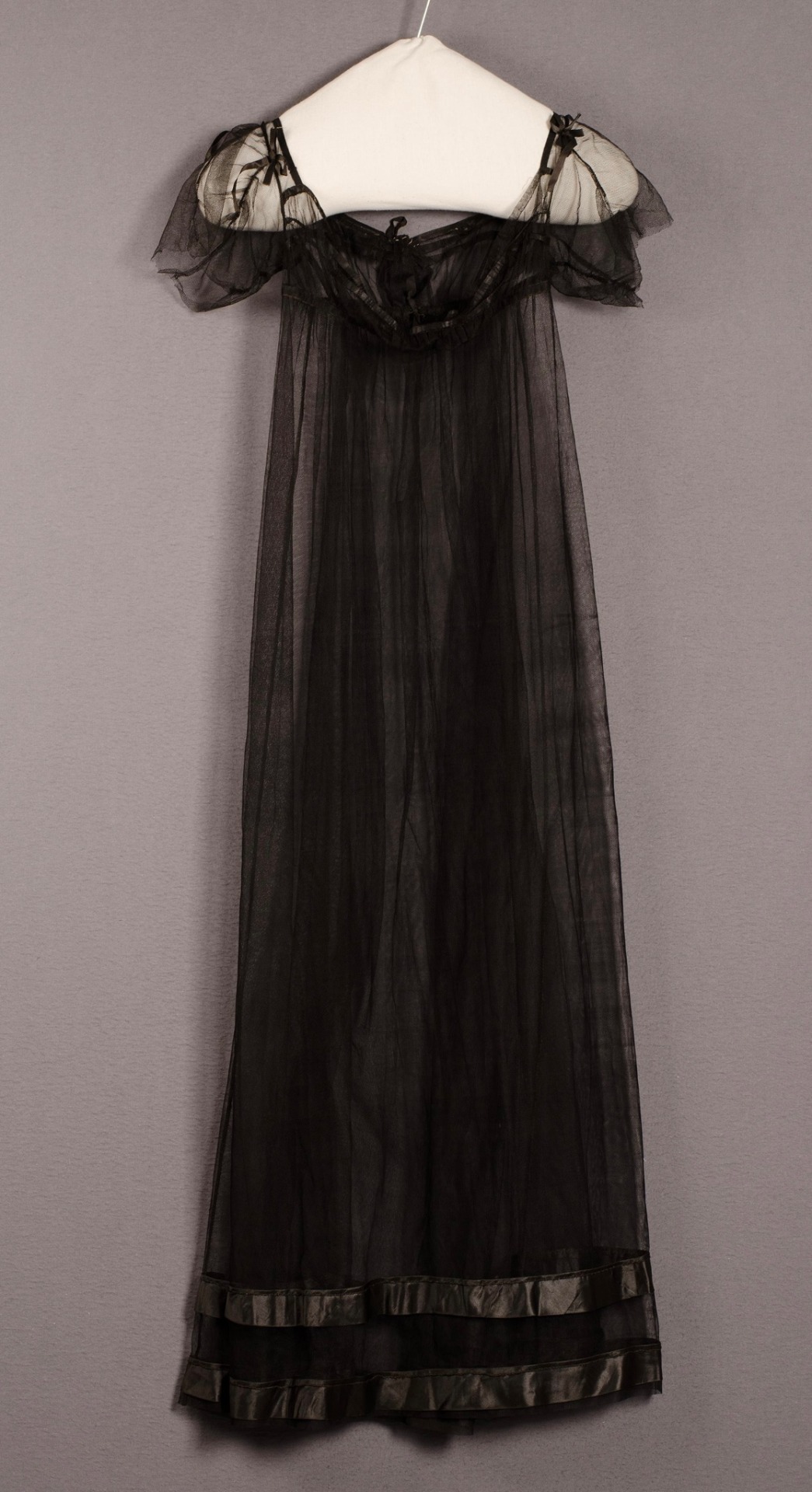

Black empire style gown
Tulle and silk
C. 1800-1810, Napoleonic era
Centraal Museum, Utrecht
#dresses#dress#centraal museum#CMU#fashion#napoleonic era#napoleonic#first french empire#french empire#19th century#france#history#tulle#silk#pretty#fashion history#history of fashion#historical fashion#1800s#regency#empire style#regency fashion#jane austen#1800s fashion
4K notes
·
View notes
Text
Pop Culture Victorians:

Actual Victorians:

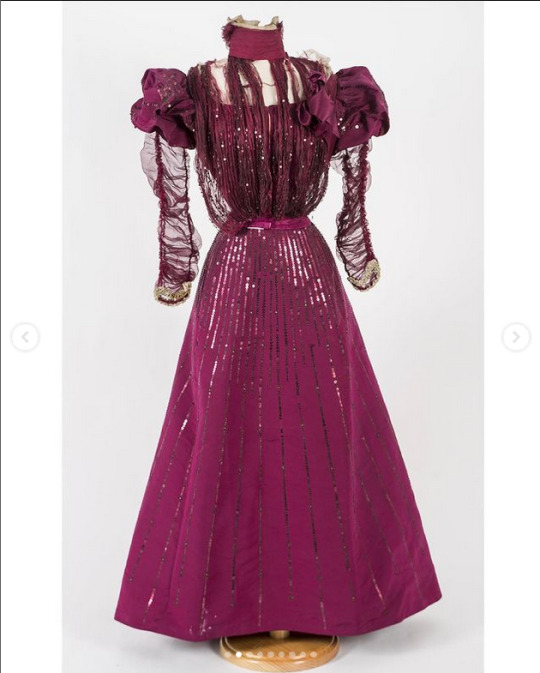

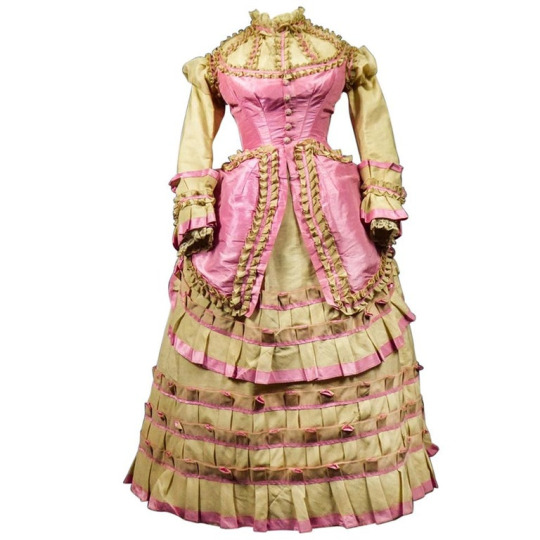

“If your eyes aren’t bleeding, it’s not historically accurate.”
- Abby Cox
11K notes
·
View notes
Text
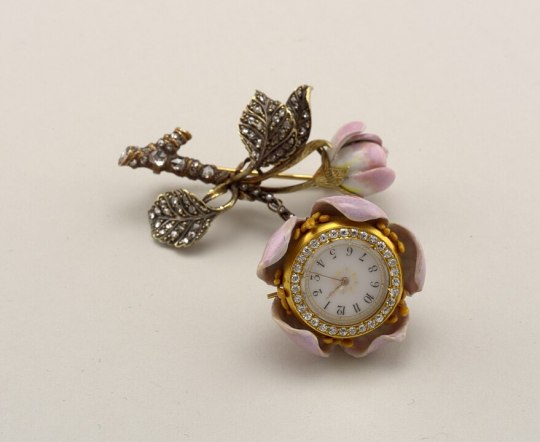
Lapel watch, USA, c. 1889, Cooper–Hewitt, Smithsonian Design Museum
#!!!! god this fucks!#vintage jewellery#vintage watches#timepieces#watches#historical fashion#fashion history#19th century fashion#19th century#victorian era#my post
1K notes
·
View notes
Text


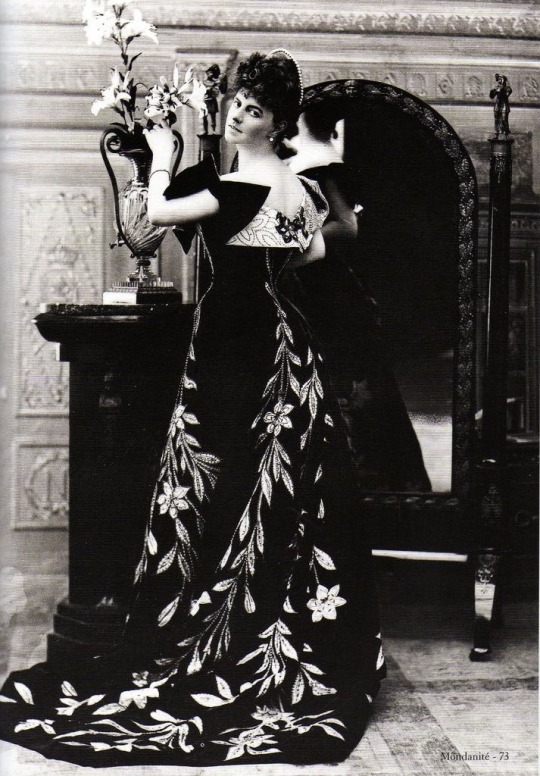

Elisabeth de Caraman-Chimay, Comtesse Greffulhe (1860–1952) made this dress famous by posing in it for the photographer Nadar in 1896. The museum also possesses the photographs made at the time, in which the elegant countess opted for being photographed in back view so as to highlight the slimness of her waist: this close-fitting 'princess line' dress – there were no seams at waist level – and the sinuous lines of the lily plants accentuate the impression of tallness and slenderness.
One of the leading figures on the Paris social scene – not only for her rank and sovereign elegance, but also for her culture and intelligence – Comtesse Greffulhe was a significant source of inspiration for Marcel Proust, who used her as the model for the Duchesse de Guermantes in Remembrance of Things Past. She was also the cousin of Robert de Montesquiou, who drew on her for some of his poems, including a sonnet whose closing line Beau lis qui regardez avec vos pistils noirs ('Beautiful lilies gazing with your black pistils') doubtless refers to this dress. The bertha collar, whose original form was altered, certainly during its owner's lifetime, could be turned up to form bat's wings; a bat being Montesquiou's emblematic animal, making this a true dress-poem.
#fashion#historical#historical fashion#victorian#victorian era#victorian fashion#historical clothing#historical dress#history#long dress#black dress#victorian history#victorian dress#fashion dress#1800s dress#19th century#19th century fashion#the gilded age#dresses#dress
2K notes
·
View notes
Text
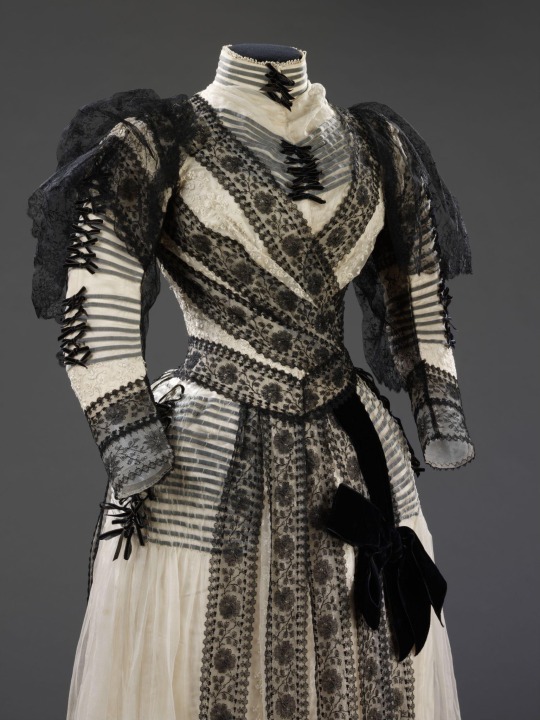


Dress
c. 1889-1892
maker: Sara Mayer & A. Morhanger
V&A Museum
#victorian dress#Victorian era#victorian gown#Victorian fashion#Victorian#1880s#1890s#history of fashion#historic fashion#historical fashion#fashion history#dress history#19th century#1800s dress#1800s fashion#19th century fashion#frostedmagnolias
1K notes
·
View notes